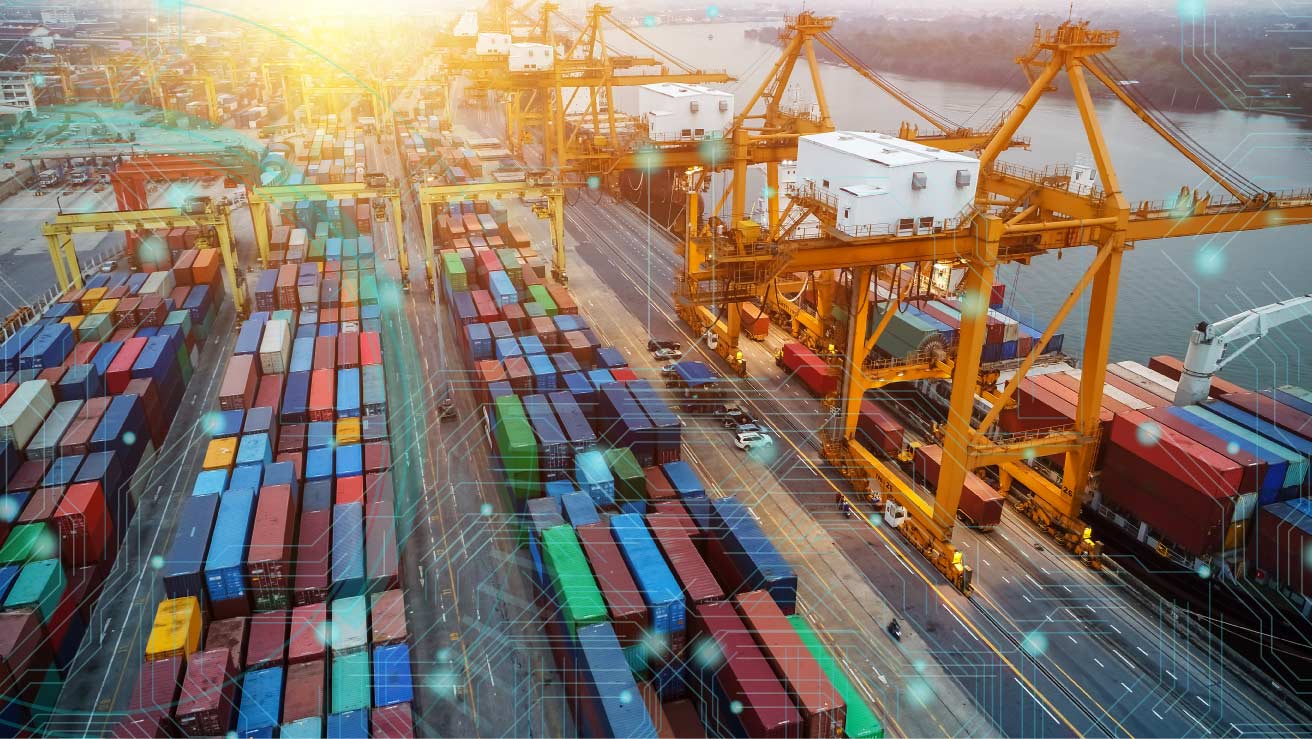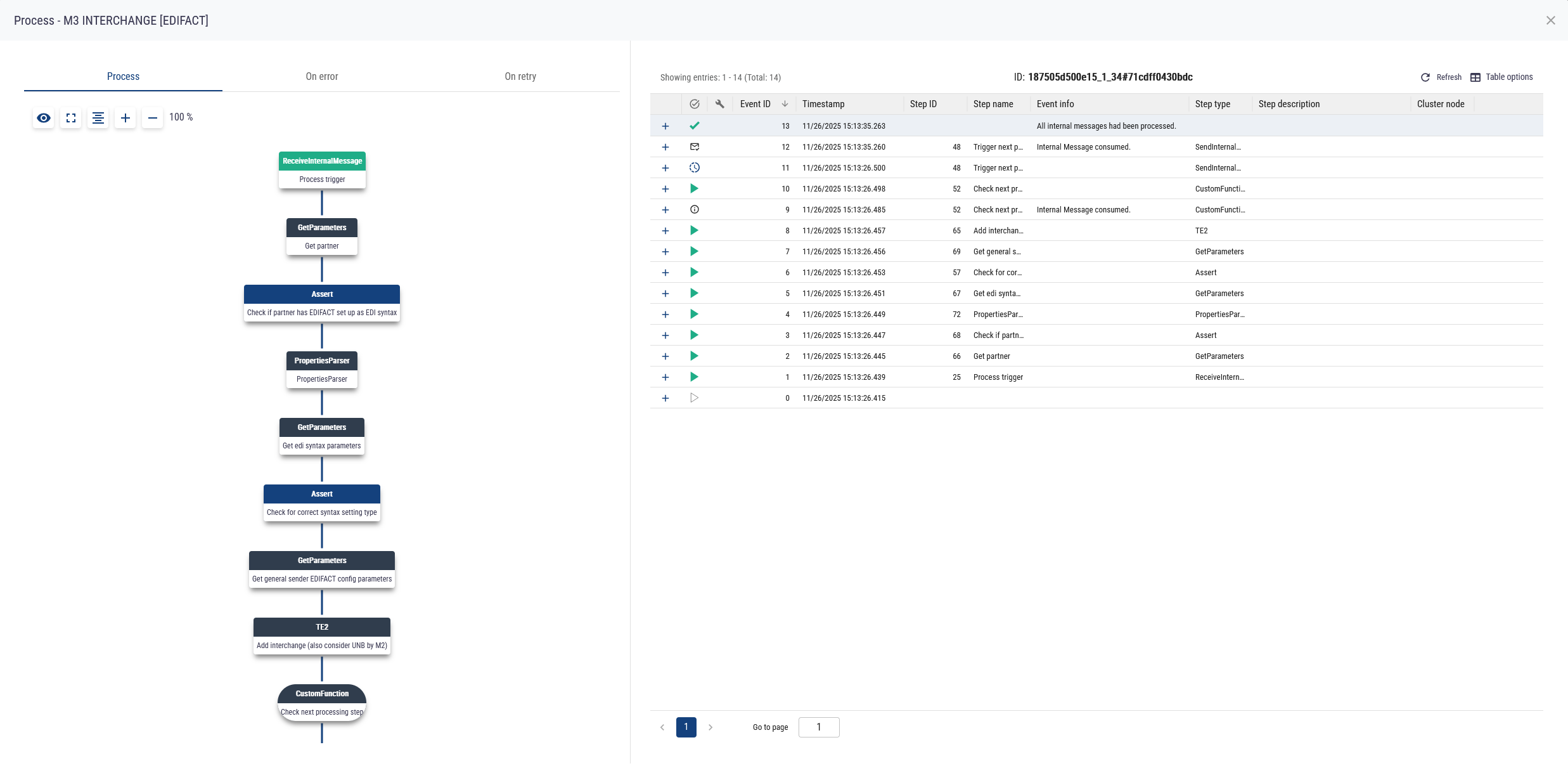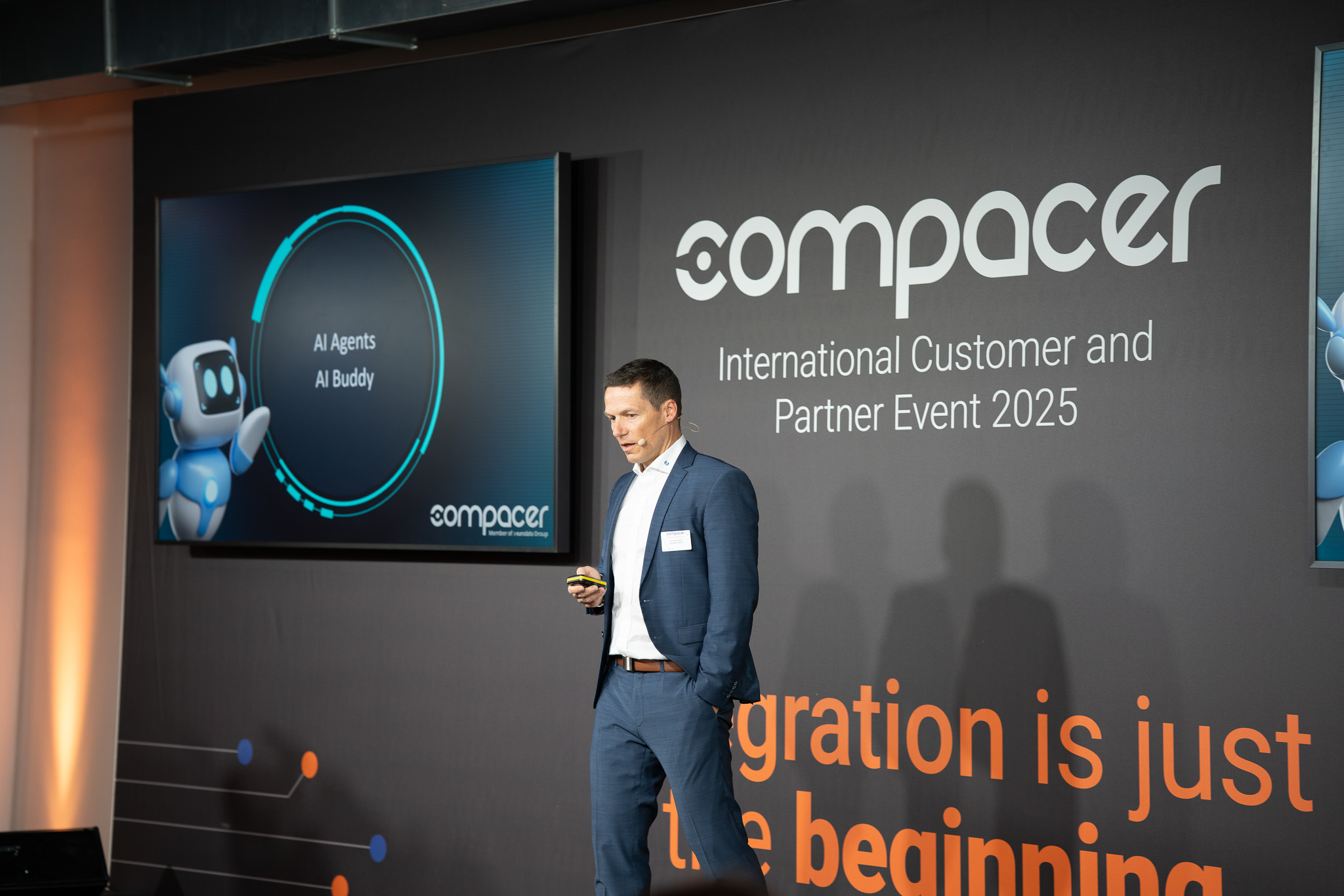Port management: digital twin helps save energy
The "digital twin" optimizes energy management in port operations and thus reduces the CO₂ footprint
How helpful technological developments can be in implementing more sustainable processes can be seen in many areas - including port management. Here, it is primarily the complex loading and unloading processes of cargo and container ships that both consume and generate energy. In order to keep the energy cycle as closed as possible and reduce the CO2 footprint of port terminals, some ports are already using digital twins.
The prerequisite for the success of a port is the safe, efficient and intelligent maximization of capacity and throughput. At the same time, the aim is to design logistics processes and the transition between ship, road and rail in such a way that the impact on the environment is kept to a minimum. The project at a port in northern Germany, in which two container gantry cranes whose capacity was no longer sufficient for use in this port were dismantled and shipped to Estonia - as a kind of recycling project - is also part of this context. The on-site commissioning was also used to create a digital twin of the energy management of these container gantry cranes so that operations can be made more energy-efficient in future.
To the expert interview.
Read more
View all news
edbic 3.6.0: Prepare your integration system for the digital future!

How AI becomes a digital assistant rather than a black box
